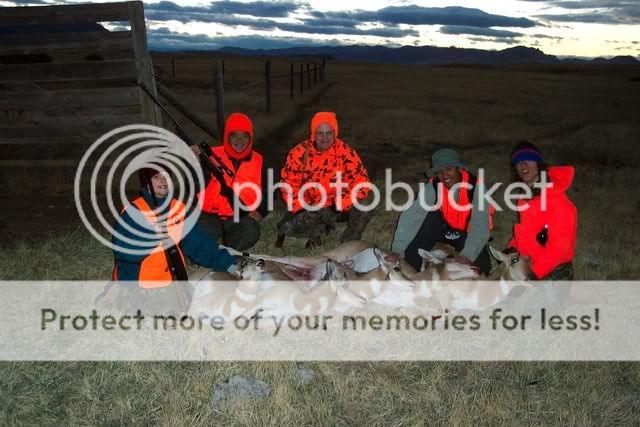loaders_loft
Well-Known Member
You gotta love it when a thread starts out like this,
"A guy at the range told me..."
---- that my 150gr ballistic tip in my 7 wsm would be too destructive on antelope.
Anway, it got me thinking, is there any truth to it? lightbulb
Maybe I should impose a "minimum range" for this load, besides my own "optimistic" max range of 600 yd? I say optimistic, because I've only shot this load out to 300 yards so far...
For reference, my load has muzzle velocity of 3030fps, which should carry about 2460fps at 400yd, and 2195 fps at 600yd, in 6600 ft elevation of western wyoming...
The other alternative is using 168 berger vld at 2912 fps, which should carry
about the same velocities at 400 & 600. Should I expect the berger to be any less "destructive" than the ballistic tip?
I have not killed anything yet with either load, so I'm looking for input from those who have...
"A guy at the range told me..."
---- that my 150gr ballistic tip in my 7 wsm would be too destructive on antelope.
Anway, it got me thinking, is there any truth to it? lightbulb
Maybe I should impose a "minimum range" for this load, besides my own "optimistic" max range of 600 yd? I say optimistic, because I've only shot this load out to 300 yards so far...
For reference, my load has muzzle velocity of 3030fps, which should carry about 2460fps at 400yd, and 2195 fps at 600yd, in 6600 ft elevation of western wyoming...
The other alternative is using 168 berger vld at 2912 fps, which should carry
about the same velocities at 400 & 600. Should I expect the berger to be any less "destructive" than the ballistic tip?
I have not killed anything yet with either load, so I'm looking for input from those who have...

